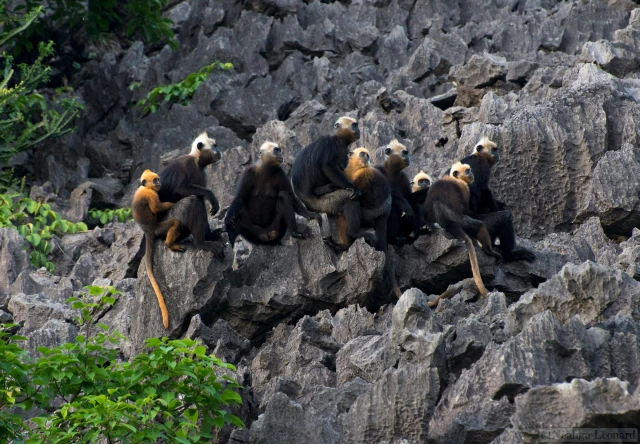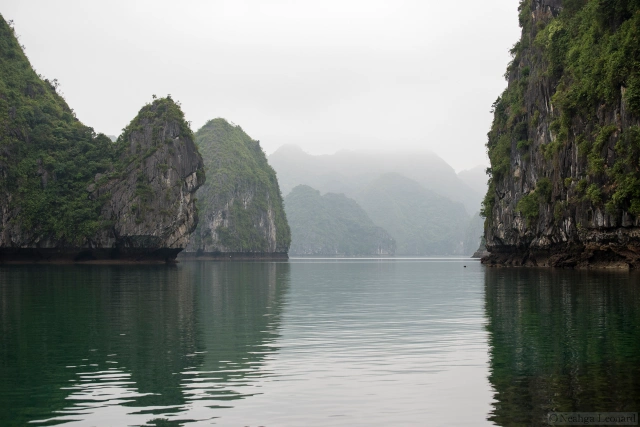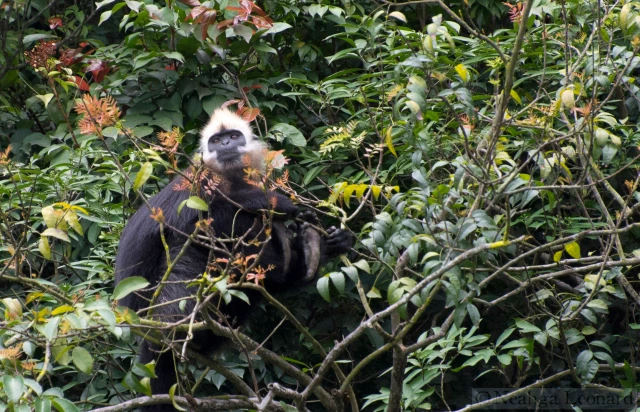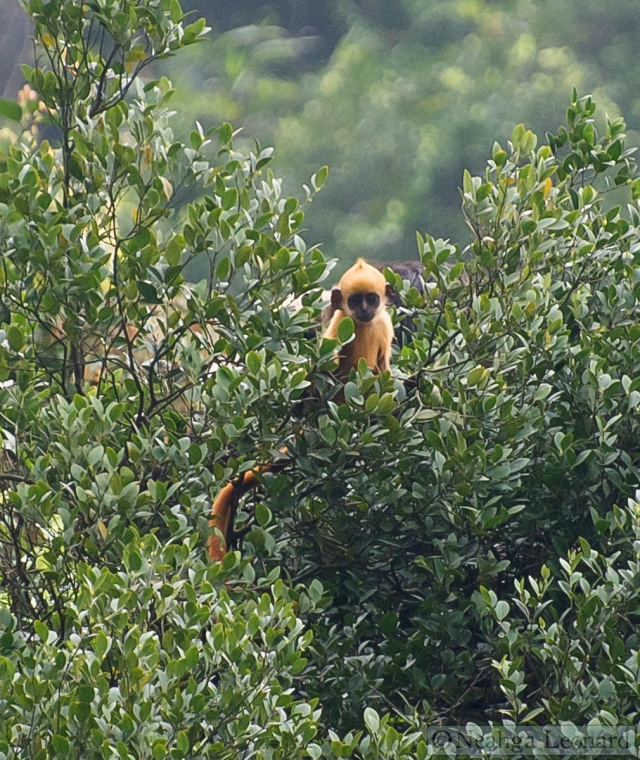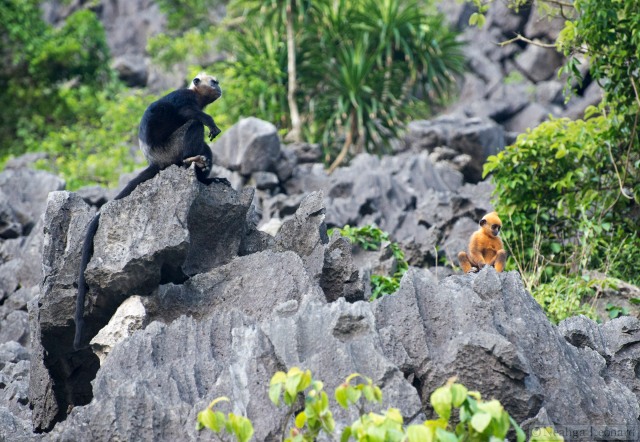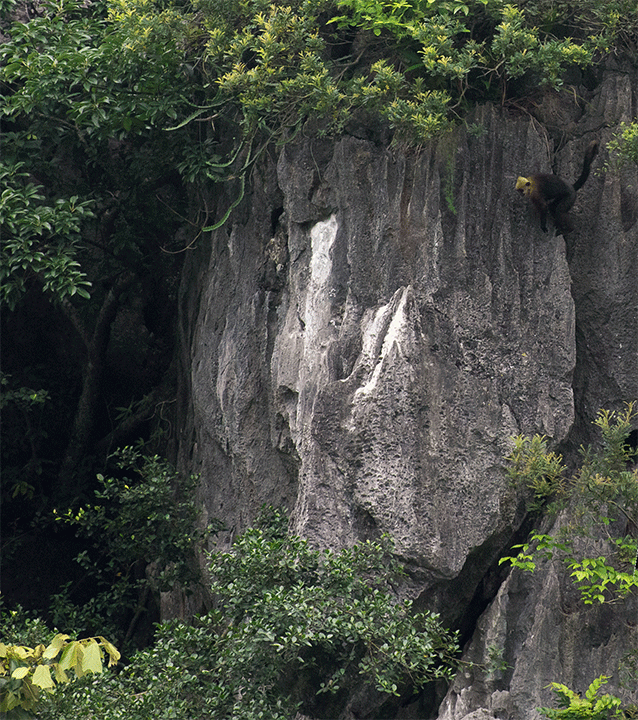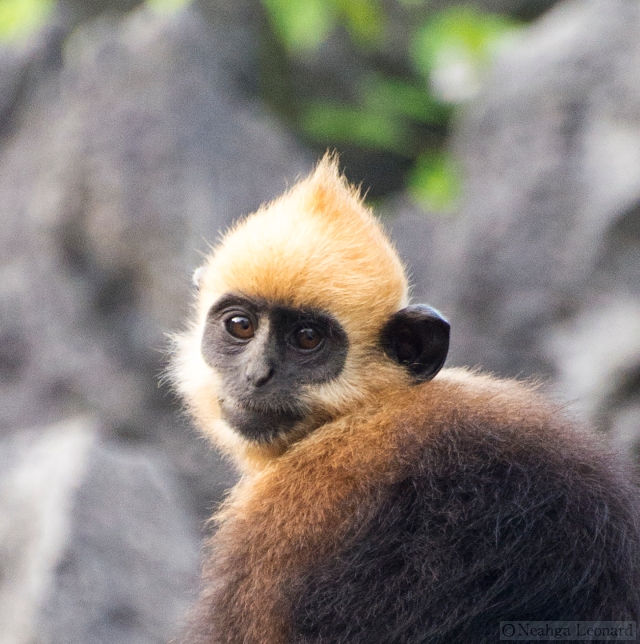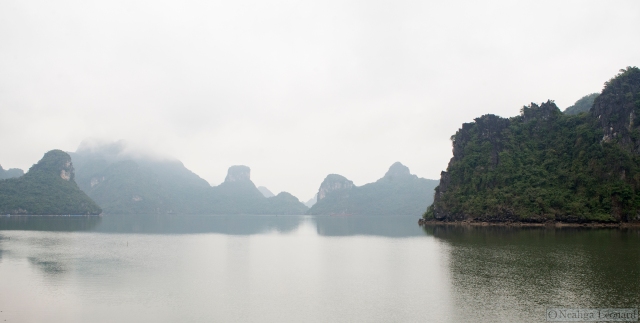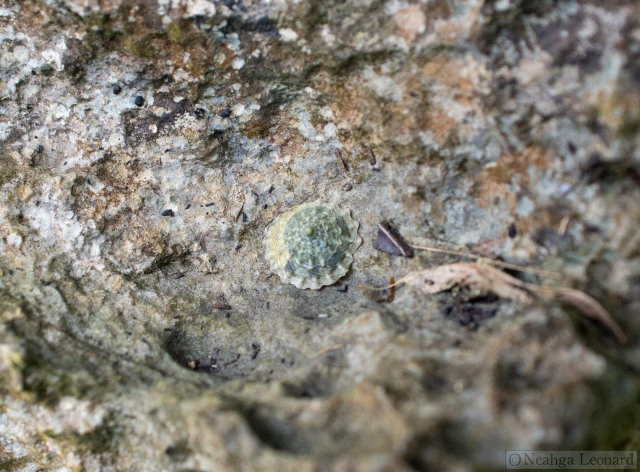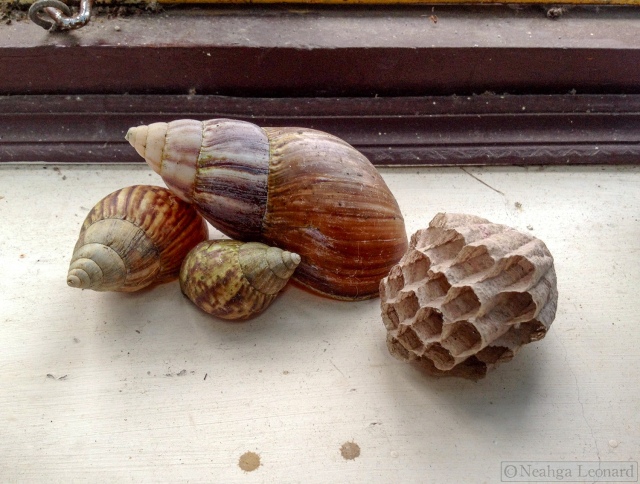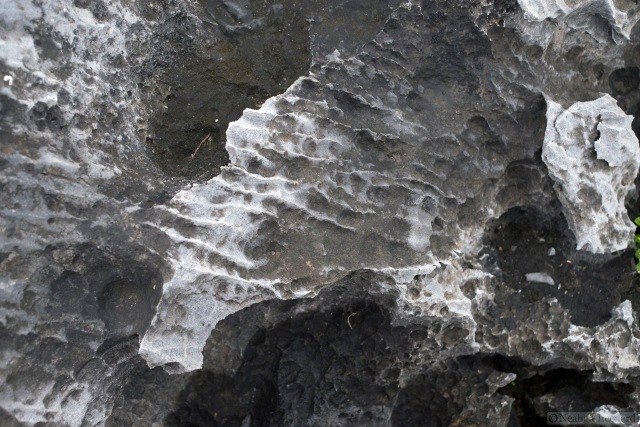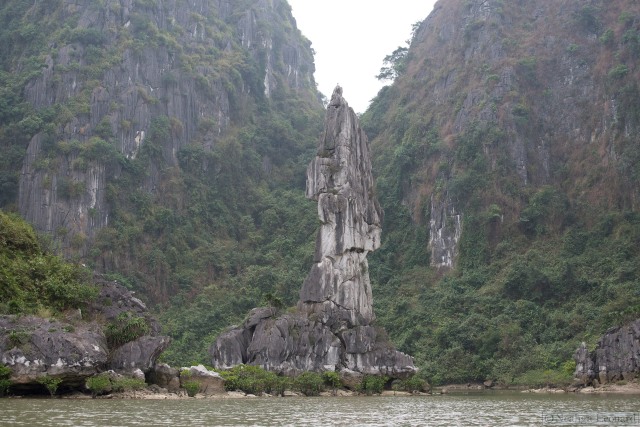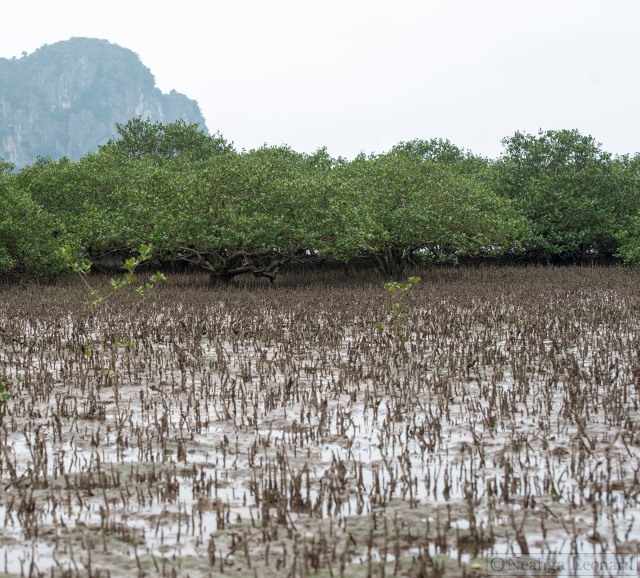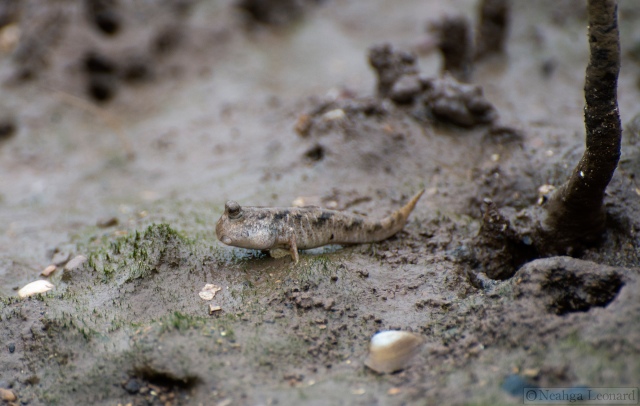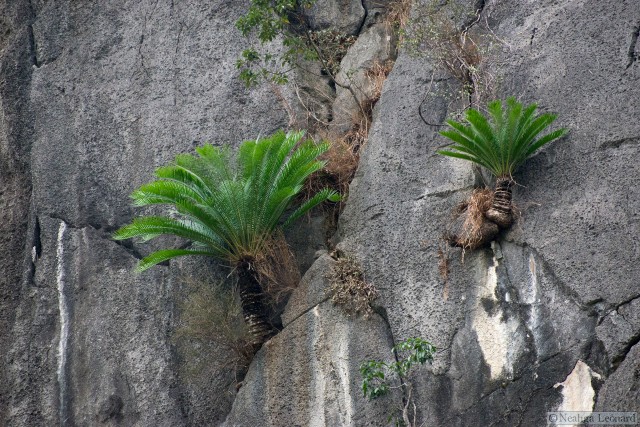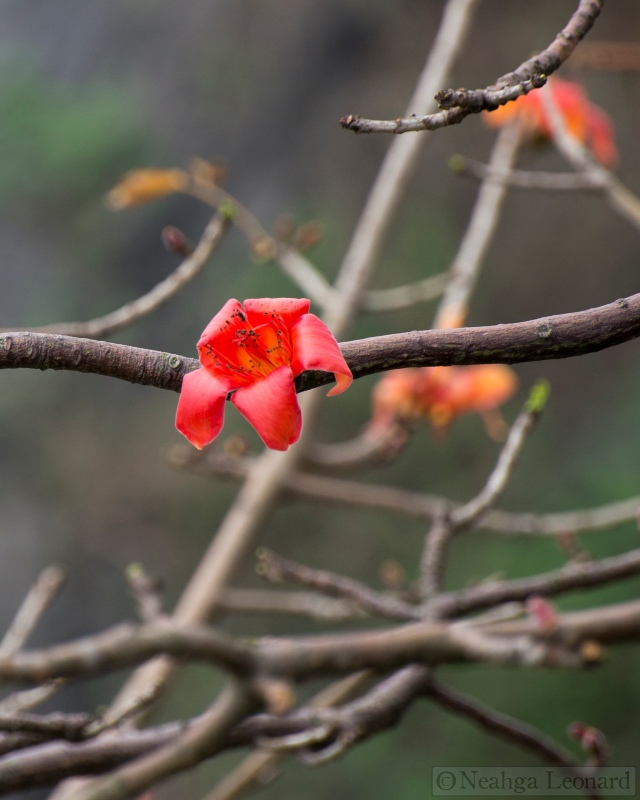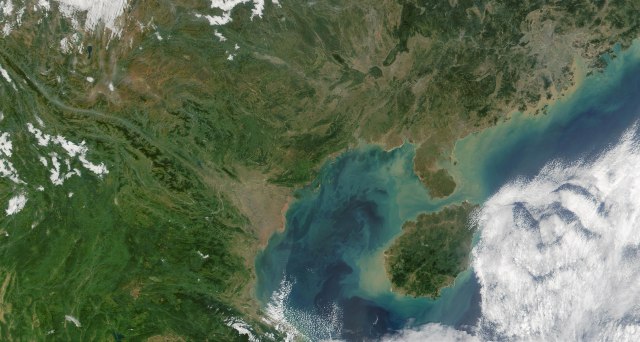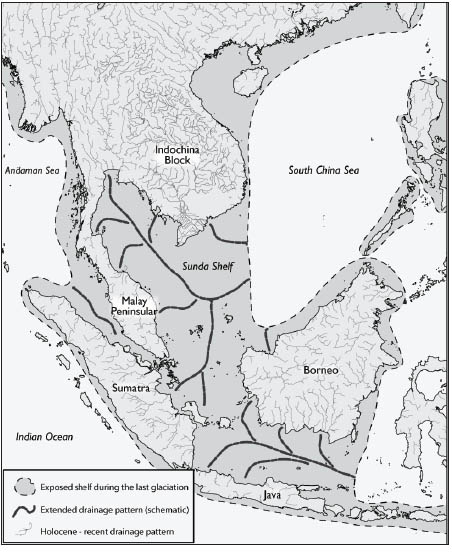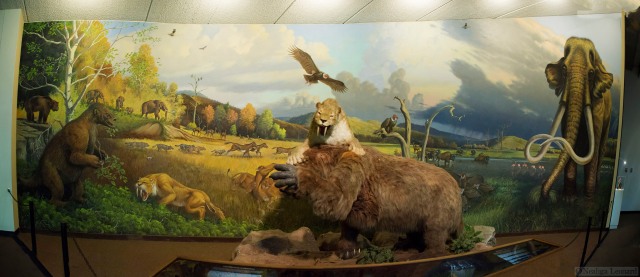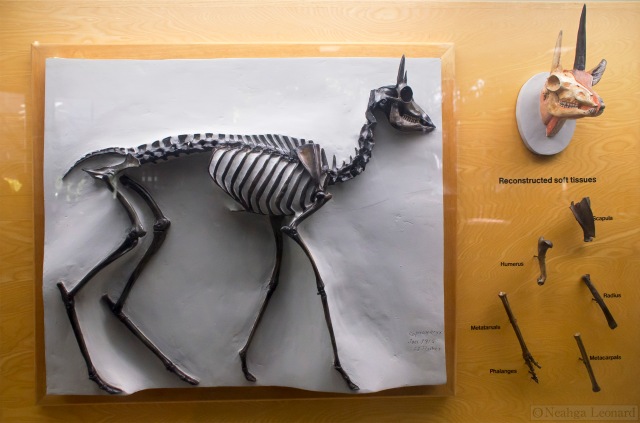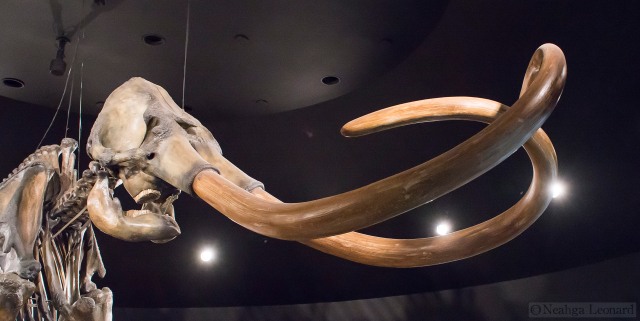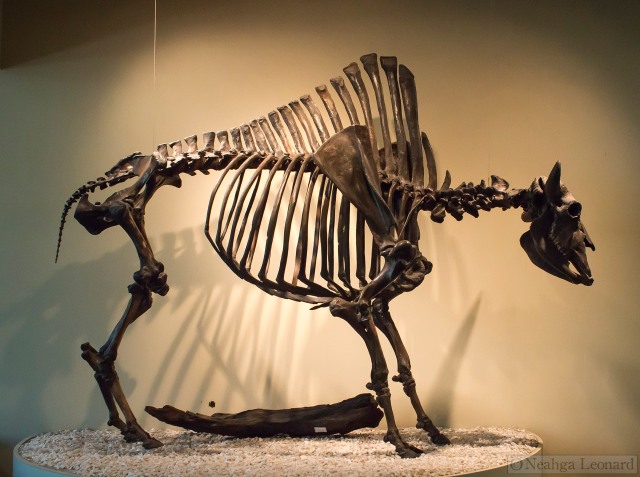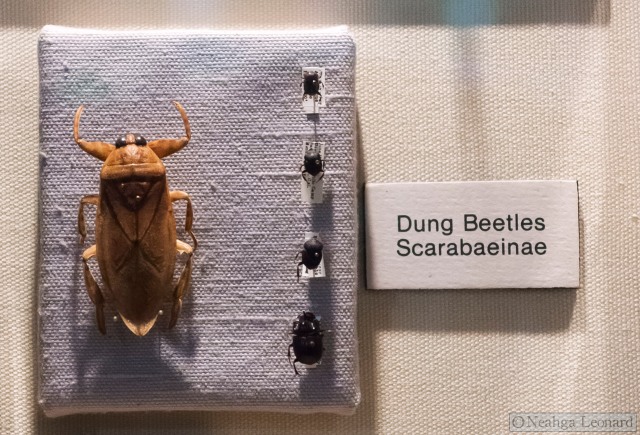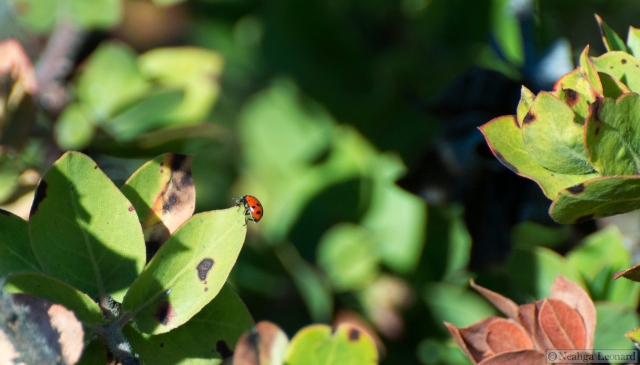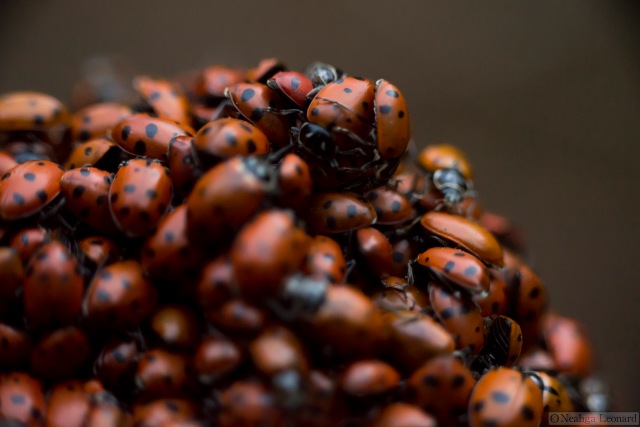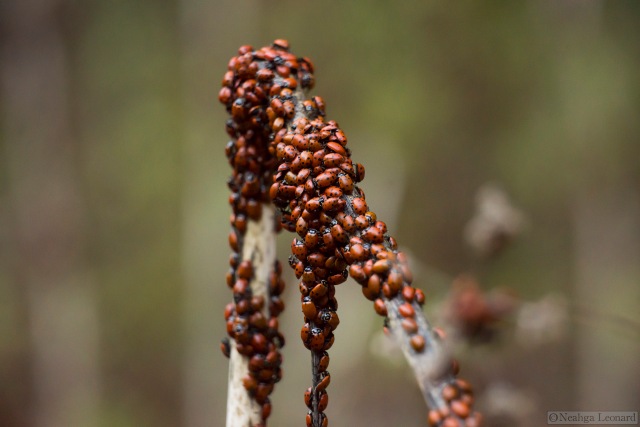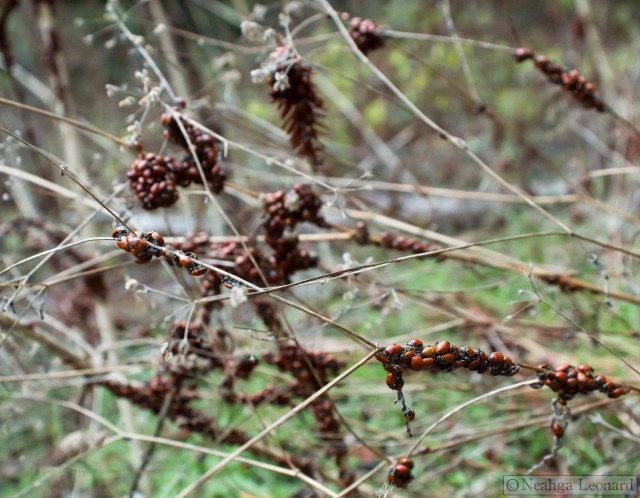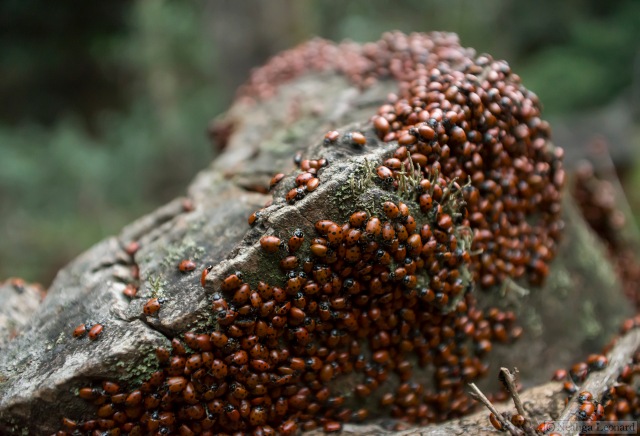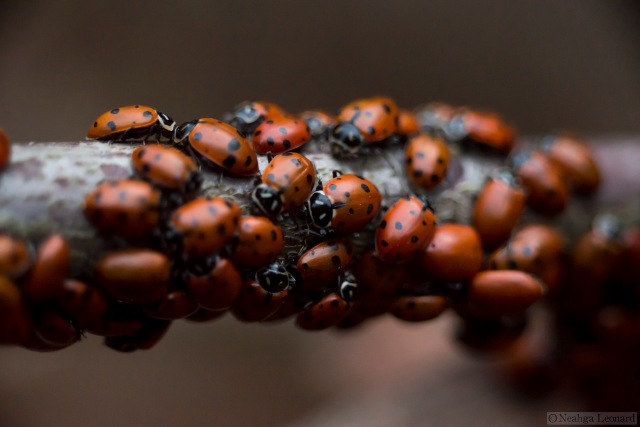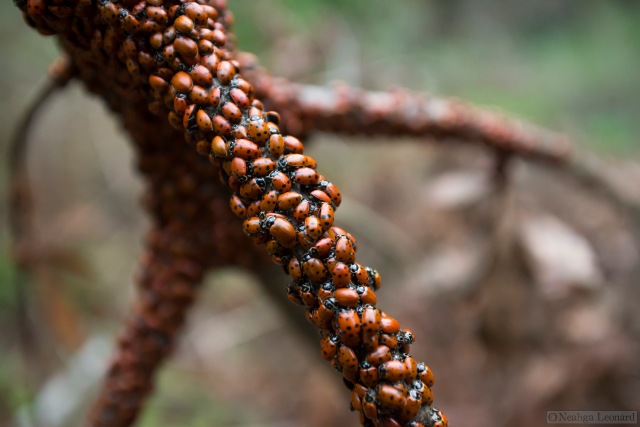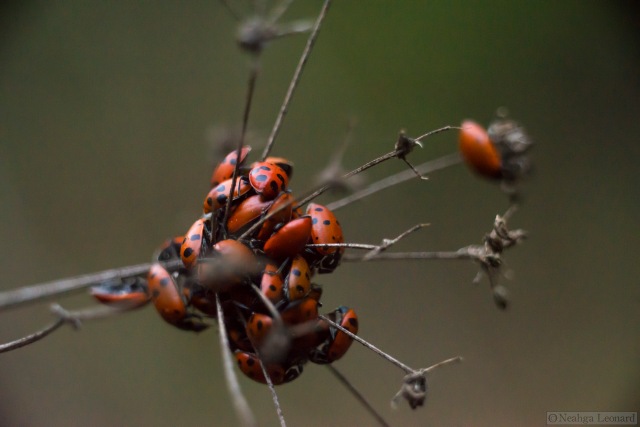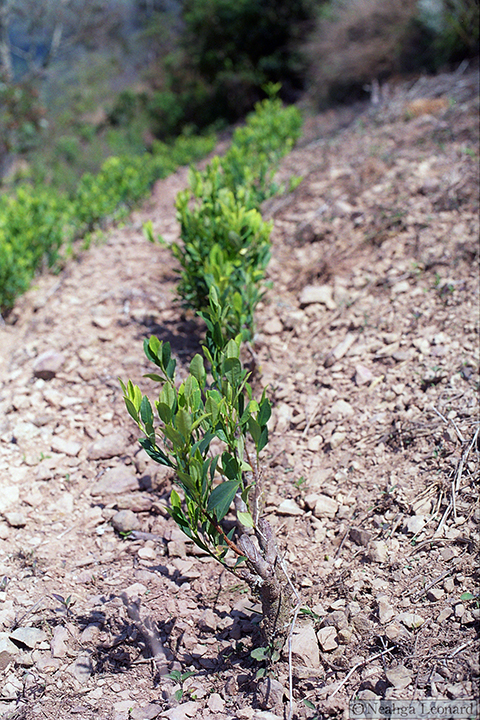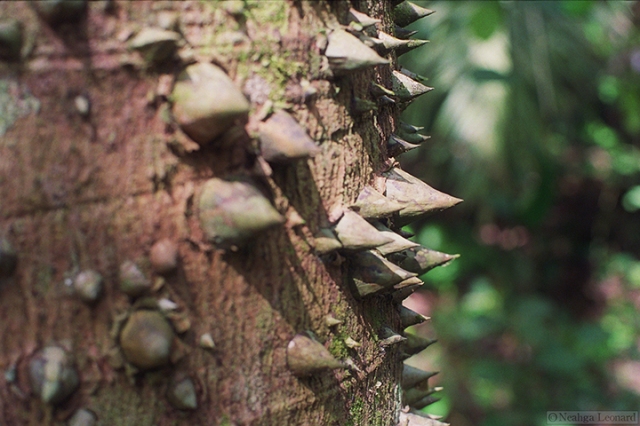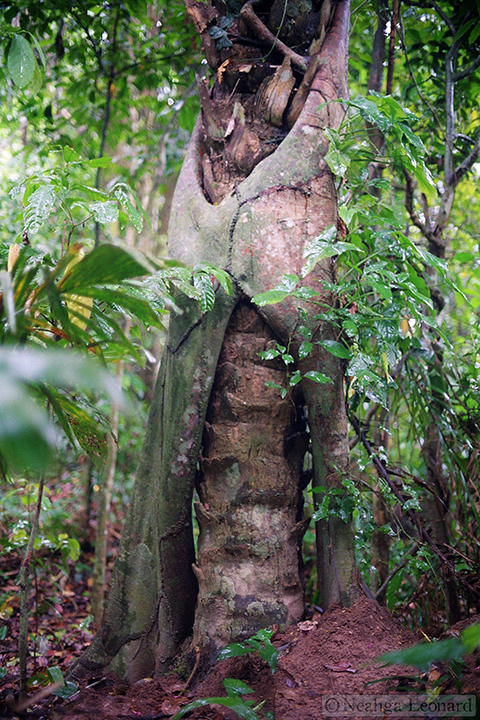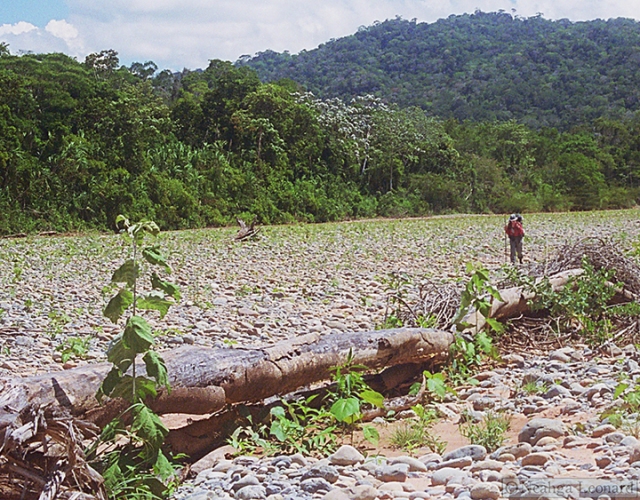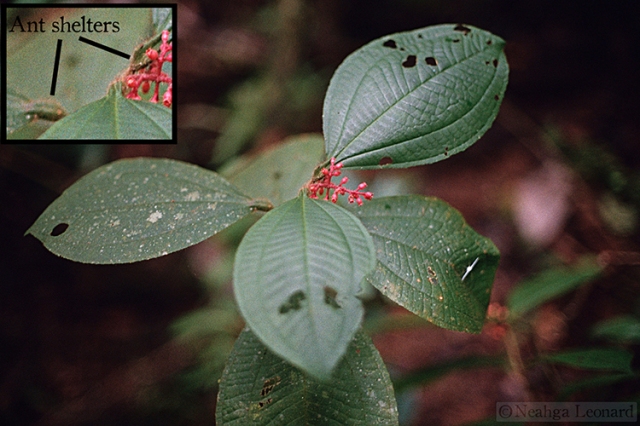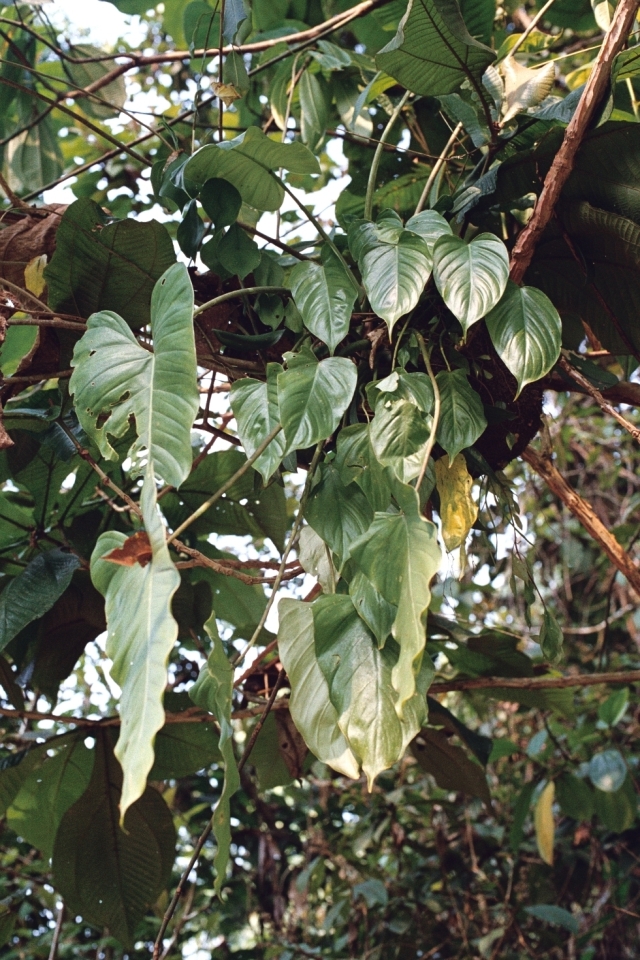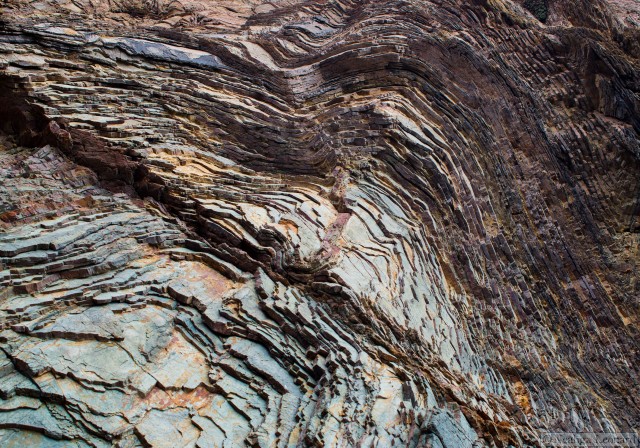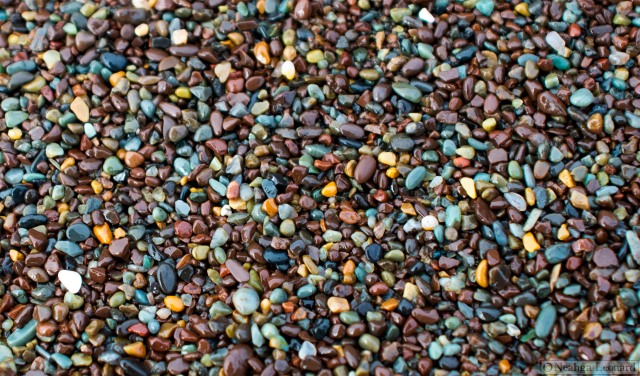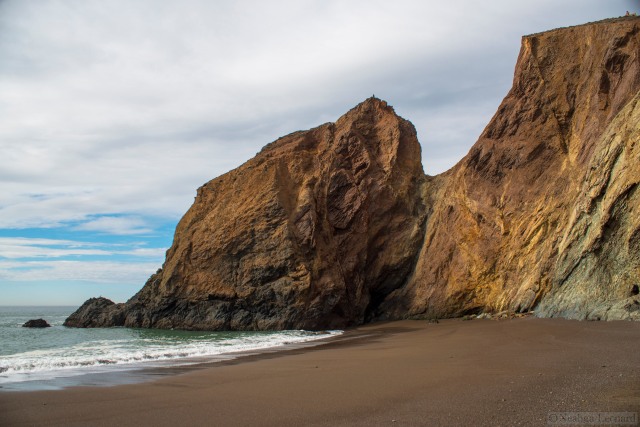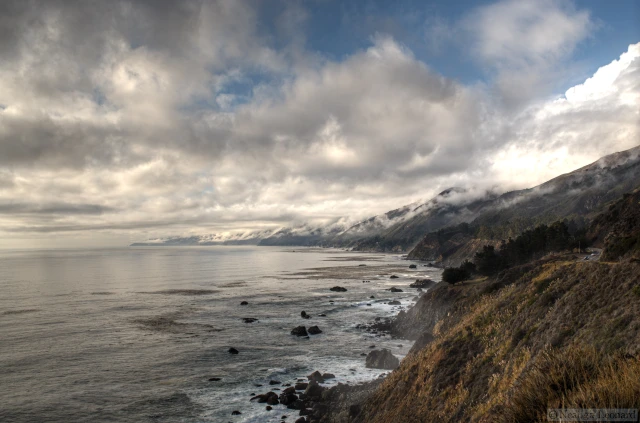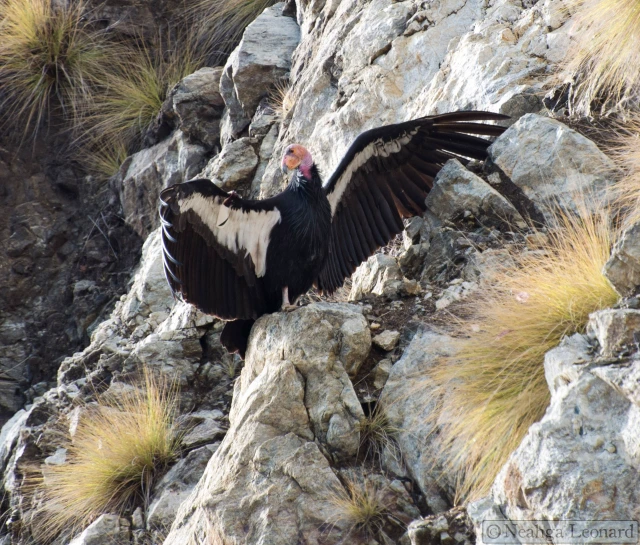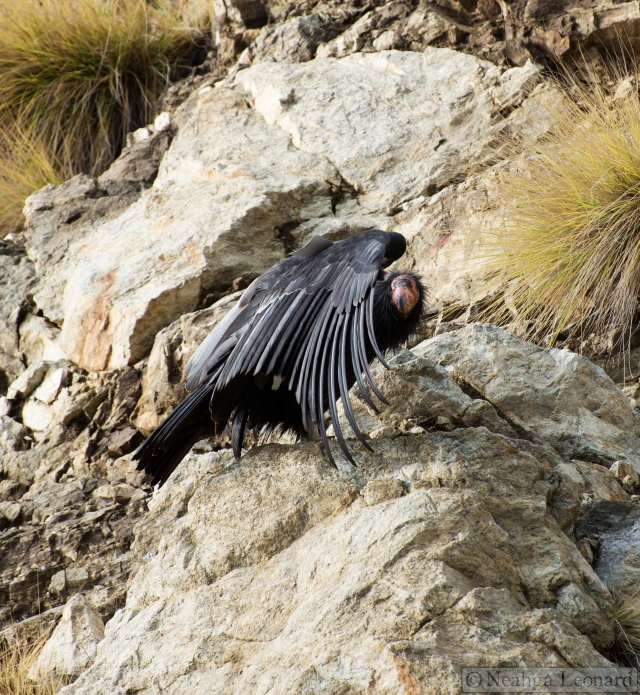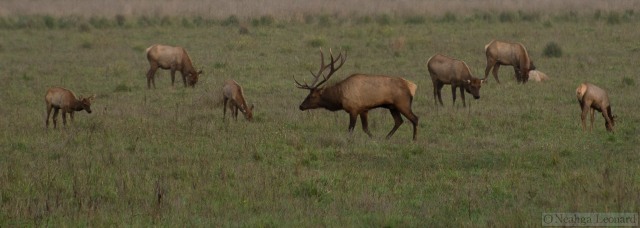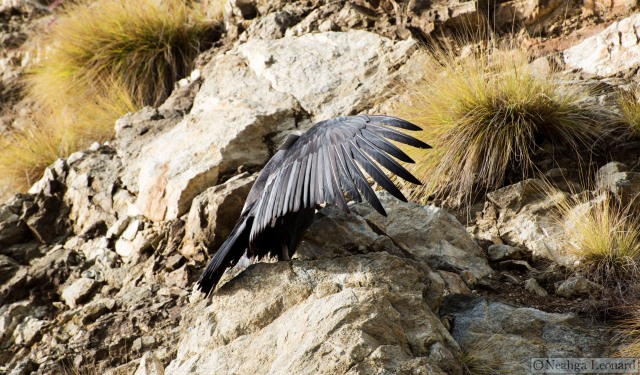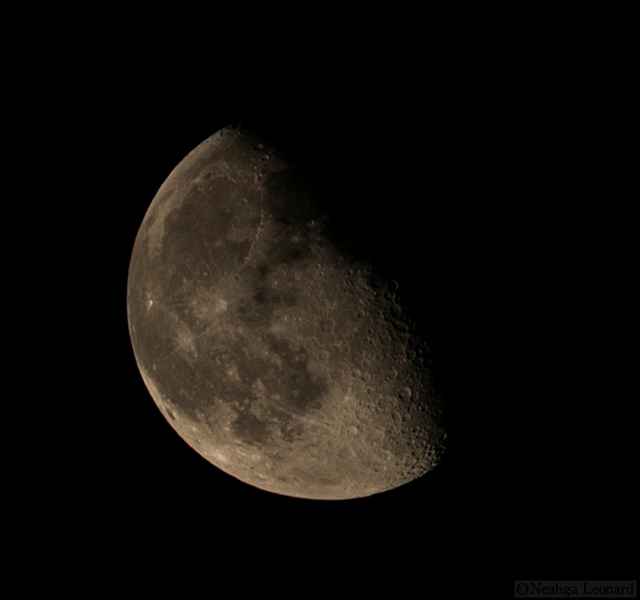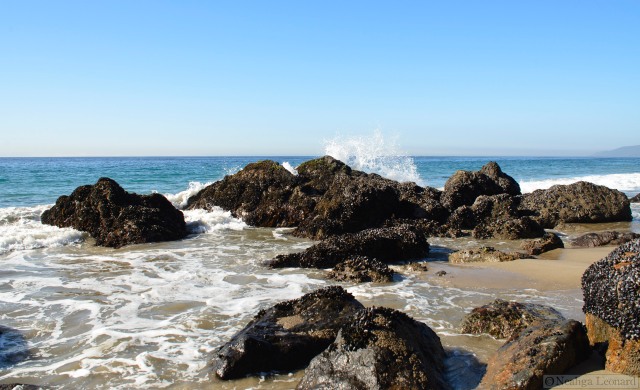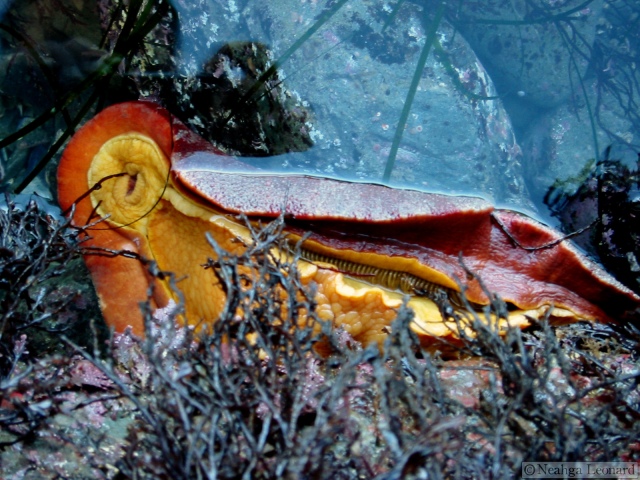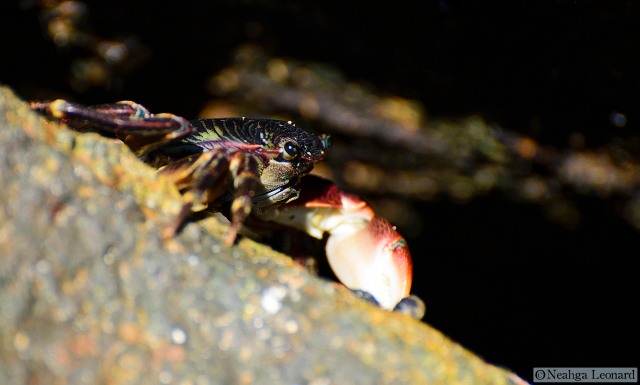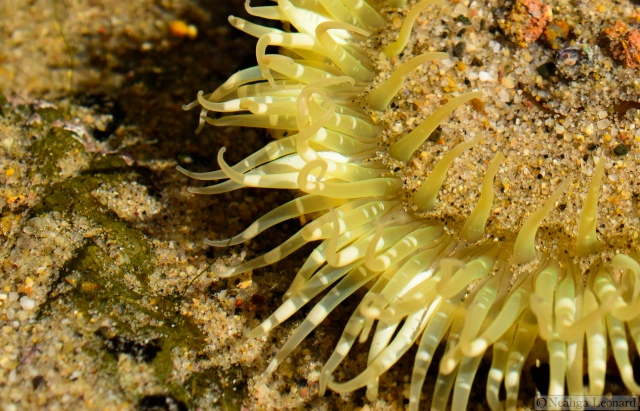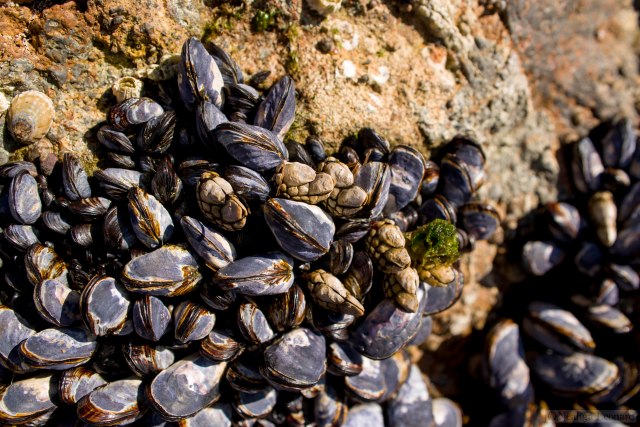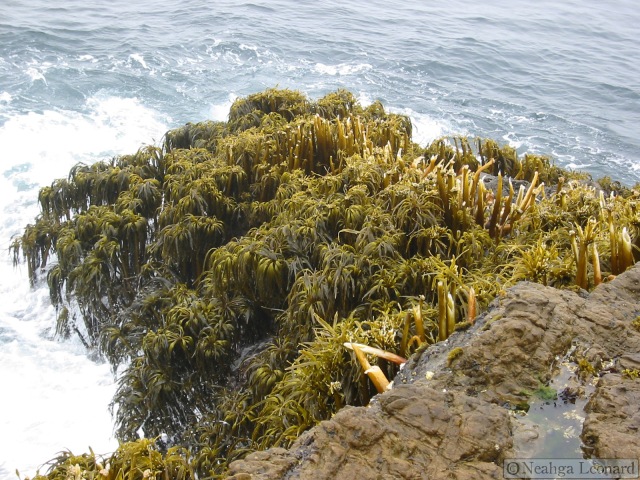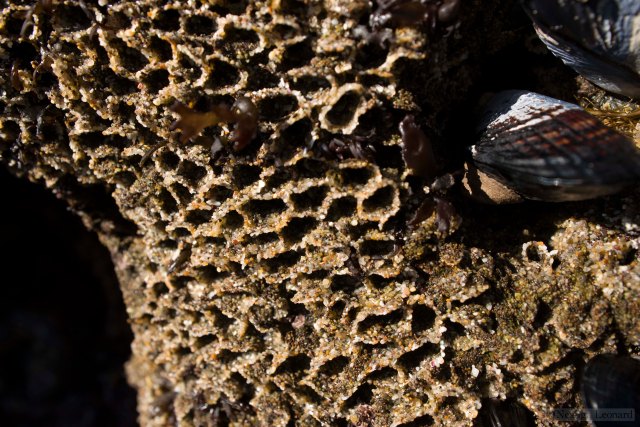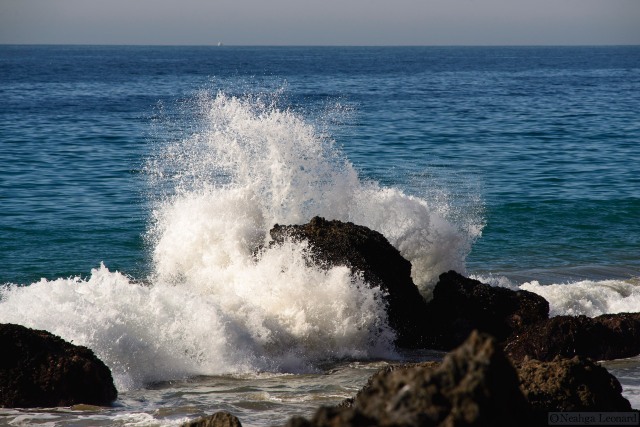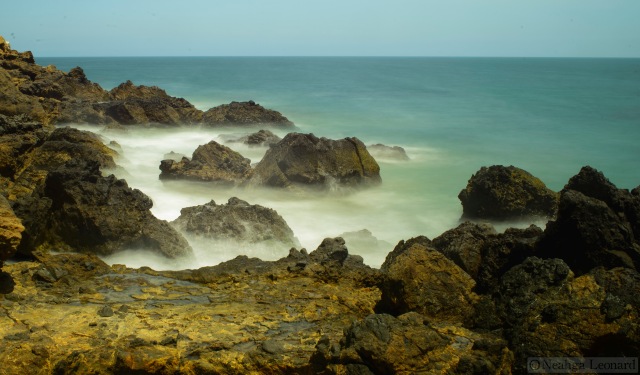The last few years have been busy but have brought with them an opportunity to travel and to learn about new places, but little time to write. Each year I spend a bit of time in Europe and extend my work trips to include a bit of time off. Usually these trips are centered on Germany but I try to visit a few more places and in 2015 I had the opportunity to spent a few weeks in northern and central Italy.
A number of things caught my attention, for example how Virginia Creeper (Parthenocissus quinquefolia) has become invasive in much of Europe but especially in northern Italy, how different the color pattern of the Hooded Crow (Corvus cornix) is to what I’m used to seeing in the Americas or Asia, the deep similarity of vegetation assemblages and species to those in North America occupying similar habitats, and, of course, the fantastic views and towns perched on hills or nestled into narrow canyons, like Riomaggiore.
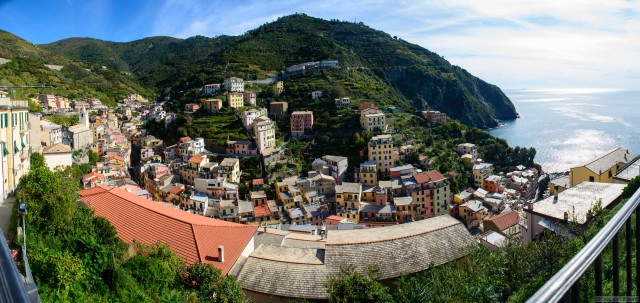
Riomaggiore, one of the Cinque Terre, in La Spezia
Of the things I saw in Italy there is one I’d like to focus on for this post. It is a small, common lizard, often overlooked.
The Cinque Terre coast is very similar to parts of the California coastal chaparral and dry coastal forests, so it was no surprise to find lizards sunning themselves on the trails, hiding in the stone walls of the terraced vineyards, and rustling through the oak, laurel, and chestnut leaf duff layer. Lizards are funny beasts, sometimes bold as you please standing on their rocks as though they own the world, other times bolting at the bend of a blade of grass. Unfortunately, these lizards were wary and fled my approach, leaving me with only vague, scaly impressions of what they looked like.
It was in Florence where I finally saw one of the little fellows clearly. I’d had enough of the noise and crowds and escaped to the Boboli Gardens, where I paid a bit more attention to the plants than I did to the impressive array of statuary. Near a hedge a slight twitch amongst the dried leaves caught my eye and revealed itself to be a beautiful small green lizard with black and tan patterning sunning itself on a bed of withered sycamore leaves. It was almost done shedding its skin and the colors were vivid.

Italian Wall Lizard (Podarcis sicula subsp. ?) in the Boboli Gardens, Florence
This is, of course, the Italian Wall Lizard (Podarcis sicula), a highly adaptable small lizard native to Italy and nearby regions. This not an endangered or even rare species, on the contrary, it is quite common within its range, and its adaptability has led to the development of at least 62 recognized subspecies. I did not know any of this when I first encountered the species, but something about it seemed familiar. It wasn’t until I came across several more of them in Bracciano and had the time to identify them that the niggling sense of familiarity clicked.
In 1971 scientists transplanted 10 individuals of this species (5 breeding pairs) from the island of Pod Kopište to Pod Mrčaru, Croatia, a small island; only a few hundred meters long on its longest axis; with a resident population of a different lizard species, the Dalmatian Wall Lizard (Podarcis melisellensis) . The goal of this experiment was to test competitive exclusion in island biogeography theory.
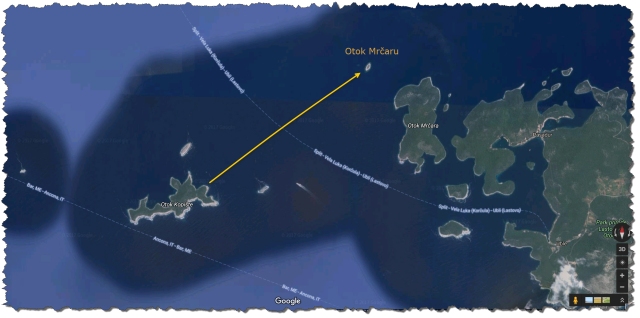
Unfortunately the 1970s were a troubled time for that part of Europe and Yugoslavia began its fragmentation into what are now Slovenia, Croatia, Bosnia/Herzegovina, Serbia, Montenegro, Kosovo, and Macedonia. Trouble mounted through the 1970s and in 1980 Josip Broz Tito died, opening up a power vacuum exacerbated by ongoing ethnic conflicts. It wasn’t until the mid-1990s that the dust more-or-less settled.
The long lasting conflicts in the region put a halt to the experiments of Eviatar Nevo and his team on Pod Kopište and Pod Mrčaru. The lizards, of course, were undisturbed by the commotion of the excitable bipeds and the tiny island was left undisturbed until about 2004 when tourism was allowed in the area. Researchers returned to the island shortly afterward.
To the researcher’s surprise, they found that the initial 10 introduced Italian Wall Lizards had increased to a population of over 5,000 and that the native Dalmatian Wall Lizard was now locally extinct.
Further investigation revealed the real shocker; in the brief time the island had been left alone, some 30 lizard generations (abut 36 years), the introduced Italian Wall Lizards lizards had undergone profound evolutionary changes.
This is what had been tickling the back of my mind when I saw that first lizard in the garden of Florence. Long before my trip to Italy I had seen a documentary discussing the rapid and unexpected changes these lizards had undergone. I must have remembered the morphology of the lizard, but had lost the connection of that particular lizard to the documentary. I can’t find the original video I saw, but there is a Richard Dawkins video on the subject:
Italian Wall Lizards are primarily insectivores, but in their new habitat they changed to become primarily herbivores. For a omnivore like us this doesn’t seem to be a startling thing, we regularly shift back and forth between different types of foods, sometimes craving meat, other times preferring vegetables and many people make long-term dietary commitments to avoiding animal products entirely while other cultures have traditionally had a diet consisting almost entirely of animal products. We are large animals and have evolved to be generalist gourmands.
For the lizards this switch is not so simple. Plant matter needs time to ferment and break down to make digestion possible. Plant matter can be extremely tough, requiring more effort to consume. The shift from eating insects to eating plants is akin to shifting from eating exclusively fast food to eating primarily home-cooked meals. Before you just ate what you bought, but now you need a working kitchen and utensils for preparing and cooking the food.
The introduced lizards developed a host of traits to aid in the consumption of tough plant matter; cecal valves (muscles that separate the large and small intestine, slowing down food digestion and effectively creating fermentation chambers – a bit like ruminates with their multiple stomach compartments-, allowed them to process the tough plant cellulose), larger, stronger jaws and bigger muscles to assist in the harvesting plant matter, changes in head morphology, and an over-all larger body size.
These changes may not seem like much, but they’ve been likened to humans evolving a new appendix in only a few hundred years.
Interestingly, the changes in food supply also changed the social behavior of the Italian Wall Lizards, leading them to be less territorial.
Changes in general should not come as a surprise considering the variability of Podarcis sicula. After all there are some 62 subspecies of this lizard. Even the between the individuals I saw in Florence and Bracciano there appear to be differences in head shape, color, and patterning.

Comparison between Italian Wall Lizards (Podarcis sicula) in Florence and Bracciano
What is surprising is how rapidly major evolutionary changes took place. We tend to view evolution as a gradual process taking place over millennia with changes taking place so gradually that they are almost unnoticeable in human relevant timescales. We know this is not true, but this view is so prevalent that it forms the backbone for one of the common critiques of evolution by those so inclined. Here we have a lovely example of evolution in action on a human relevant timescale. Better yet, it is an unexpected change, one that could well lead to a new species developing, if given enough time.
This is the largest change seen in this species, but it is far from the only case. Italian Wall Lizards have been introduced in Turkey, Spain, and the US. One of their populations in the US in New York, where they were introduced in 1966 or ’67 (most likely via the pet trade) has revealed an interesting an unexpected adaptation. In the home range of the Italian Wall Lizard the temperatures rarely drop below about -7C and do not remain cold for prolonged periods. As a result the lizards are active throughout the year with only brief periods of inactivity. In New York, however, temperatures can drop to -20C and remain below freezing for extended periods. It turns out that these robust little reptiles have a hidden ability and can supercool themselves and hibernate through the colder months in New York, a behavior not seen in their native range.

Italian Wall Lizard (Podarcis sicula) in Bracciano outside the Italian Air Force Museum
It is easy to overlook the little things and to take the common things for granted, but it is often those very things that open our eyes and our minds to greater understanding of the world around us.
These humble little lizards provide a window into evolution and adaptability, a window that might never have been noticed if not for the happenstance of a lost experiment carried out decades prior.
